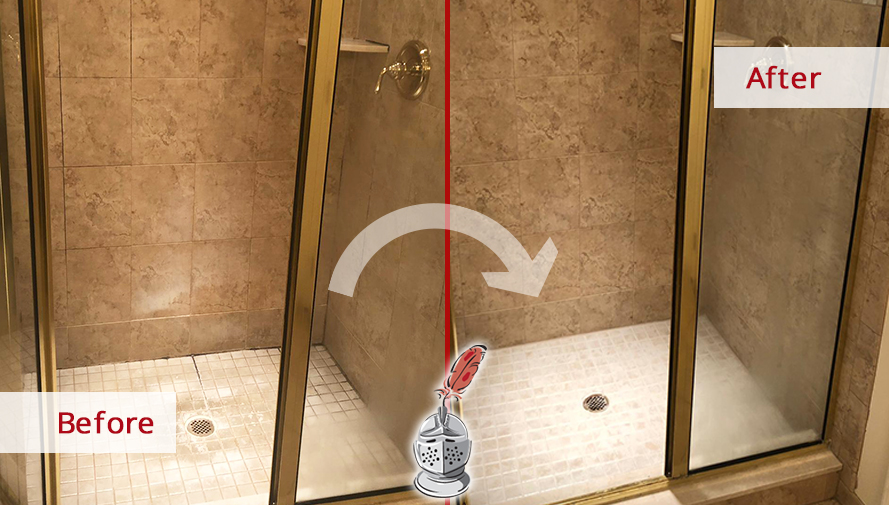Protecting Against Water Damage in the Bathroom
Book A Free EstimateWhat are your thoughts regarding How to Prevent Bathroom Water Damage?

The washroom is extremely prone for wet accumulation as well as possible water damage because of the constant use of water in it. This short article supplies simple inspection techniques to assist detecting water damage threats.
The regular use water in the bathroom makes it very prone for moist build-up and also potential water damage. By evaluating it regularly, you can minimize water relevant damages.
The complying with collection of inspections is easy to do and also must be done as soon as in every three months in order to keep your shower room healthy and to avoid possible water problems caused by the bathtub, the shower, pipe joints and plumbing, sinks, cupboards, as well as the commode
Do not neglect performing these assessments as well as be complete while doing them. Bear in mind that these basic assessments can conserve you a lot of money by giving very early signs for water damages
Sinks and Cabinets
Sinks and cabinets are revealed to dampness and also moisture day-to-day and also are commonly ignored. Check frequently under the sink and on the countertop above it. Fix any kind of drip in the catch as it might suggest drain problems. Look around the sink, slow-moving draining pipelines might suggest a blocked drain. Replace sink seals if they are fractured or loose.
Bathtub and Shower
The shower and bath tub call for unique focus and also upkeep. Inspect the ceramic tiles as well as replace if cracked. Ensure that there is no missing out on grout between the floor tiles. Check as well as replace fractured caulking at joints where the wall surfaces satisfy the floor or the bath tub. Blocked drains and pipelines issues will protect against the tub from drying and also might indicate serious troubles below the bathtub. Seek advice from an expert instantly to stop architectural damage. Take notice of stainings or soft areas around the bath tub walls as they might suggest an internal leakage.
Plumbing
Signs for water damage are tough to find considering that the majority of pipelines are installed inside the wall surfaces.
Pay special focus to flooring and also walls dampness as well as stains as they might indicate an unseen plumbing problem. Inspect moisture degrees in adjoining spaces as well.
The Bathroom
The toilet is a prone water junction. Examine the water lines and look for leaks around the bathroom seat, in the hose, as well as under the water container. If you discover any indications of dampness on the floor around the commode, check for leaks in the toilet edge and container seals.
Be aware that hanging bathroom dish deodorants boosts the chances for blockages.
Water Damage Signs In The Bathroom To Avoid Cleanup
Musty smell
This is one of the easiest signs to catch because musty smells are so odorous. The damp, earthy, moldy smell should be a big red flag. The smell will develop when moisture gets trapped in surfaces, and begins to facilitate mold growth. Leaking pipes under cabinets, inside walls, and behind shower fixtures will cause moisture to stay trapped and not dry, which will lead to mold growth and spread. As soon as you notice any musty smells in your bathroom, have it checked for hidden water damage and cleanup signs.
Visible mold
If the smell isn’t there to give it away, sometimes you will actually see mold growth. Finding mold in your bathroom is a serious problem, because mold is very harmful to your health. By the time mold growth is visible, it also means that water damage has already occurred and been present for some time. The only way the mold problem can be resolved is to find the source of the moisture and get it stopped. To safely and adequately remove mold, you need to have professionals handle the remediation. Do not waste any time in getting mold problems addressed, fixed, and sanitized so that you can protect you and your family from the many respiratory symptoms caused by mold exposure.
Damaged floors
Bathroom floors should be able to withstand some exposure to water while still remaining in good condition. However, when excess exposure or water leaks occur, they will begin to damage even the most water-resistant flooring. If you notice any cracking, bubbling, staining, or warping on your bathroom floors, there is probably a water leak somewhere causing the distortion. If you notice areas of the floor have become softer, or even have a spongy feeling, there is probably damage to the subfloor. Subflooring is typically made up of plywood. When plywood is exposed to water or moisture, it will absorb it. Once it has become saturated, the weight of the excess water will cause the wood to swell and soften. Check the floors in your bathroom frequently to catch any of these sings before they lead to damaged subflooring.
Changes on walls
When water leaks behind walls, it will cause changes in the drywall. Peeling plaster, blistering paint, and soggy wallpaper are all good indicators that excess water is building up behind the wall. Water leaking behind drywall will cause it to swell and be soft to the tough. If you start to notice gaps along the trim of your walls, or where tile meets the wall, it could also be a strong indicator that there is a leak behind the wall. Any changes, distortion, or damage on the walls should be evaluated as soon as you notice it to prevent further water damage and cleanup.

I was made aware of that article on How to Fix a Water Damage Bathroom through a friend on our other domain. Please set aside a second to share this blog posting if you enjoyed it. I am grateful for your time. Visit us again soon.
Book With Us Today!